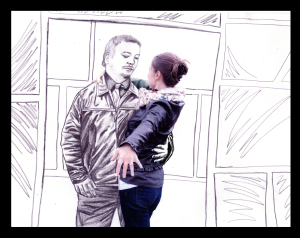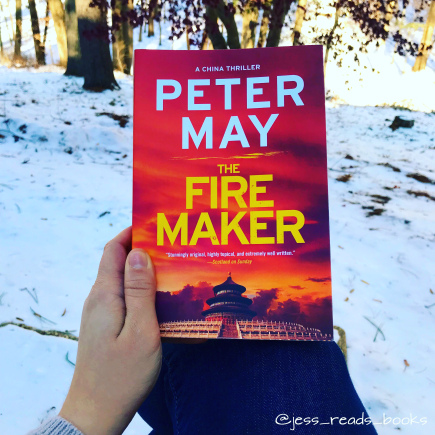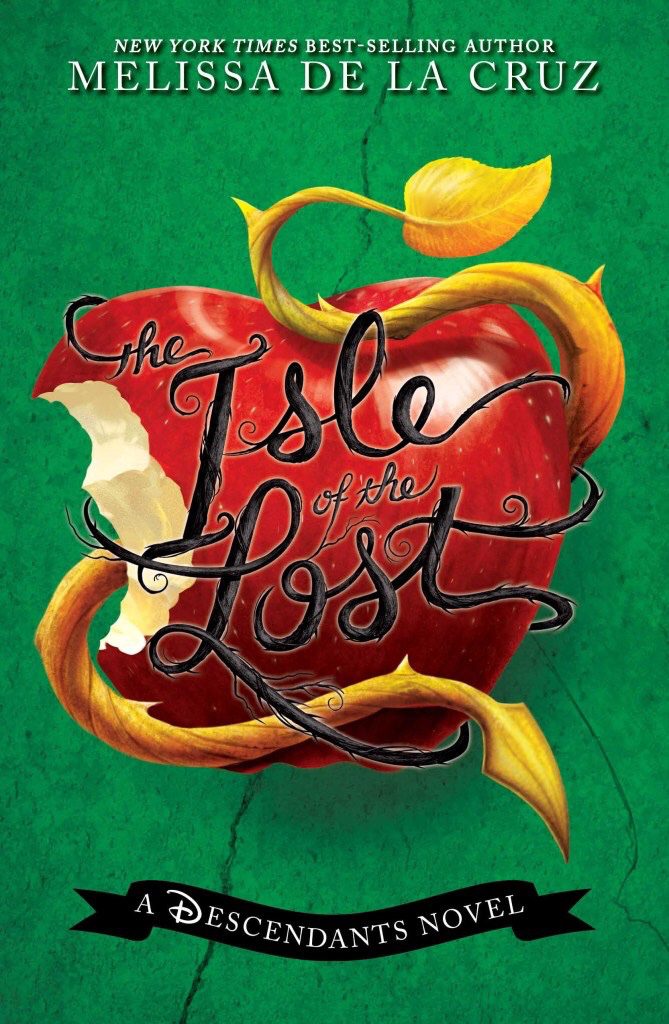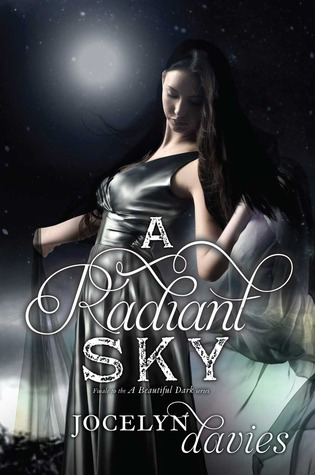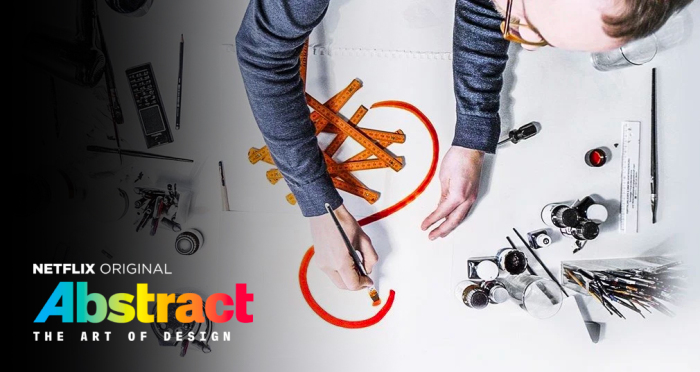
In the first episode of a documentary series about design I’ve started watching, the filmmakers spend some time with an illustrator named Christoph Niemann – known best for his New Yorker magazine covers (20 and counting). In discussing his process and his craft, Christoph muses on the duality of creator and editor. The act of creating something (or at least creating something good) requires a free spiritedness and a letting go of judgement. The act of turning that creation into a fully realized work that achieves its purpose requires control and logic. This can be summed up in two short sentences: Be a careless artist. Be a ruthless editor.

In all the creative work I do – whether songwriting, videography, writing or brainstorming ideas for new client marketing campaigns – I feel an ever-present tension in the the push and pull between these two personas. As a “responsible adult” who wants to be taken seriously in this world, I find it difficult at times to escape the pragmatic, criticism-wielding part of my brain and fully enter a careless, free-spirited headspace. [Even as I was writing that sentence, my internal editor stopped me from typing and started laboring over what word I should use – zone? dimension? space? Ahh…headspace, that’s it.]
But, the element of play is an undeniably essential component of creative work, and the most creative people I’ve known, even if they come across as serious people, have an uncanny ability to always let their minds be at play. I like to think of it as having a thought party in your head where all the ideas are invited and get to mingle as equals. Christoph has an Instagram account where he does just that: plays with ideas. And it’s delightful.
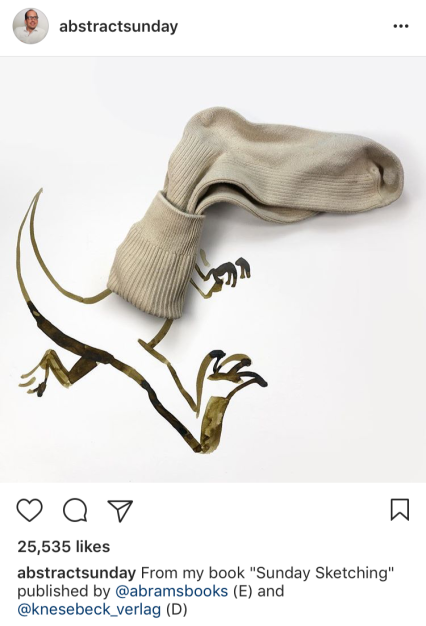
This element of play also serves as the gateway to imagination and ultimately to problem solving. If you’re an artist or are in the creative industry, this applies to you. If you’re an accountant, this applies to you. If you’re a parent, this applies to you. Freeing our minds of the constraints of logic and “how things should be” can open doors to ideas and solutions that would otherwise be inaccessible. And the ruthless editor is not the archenemy but more like the parent helping a child as he takes off on his bike for the first time without training wheels. The editor guides, aligns a trajectory that’s not going to send the idea crashing into a curb, then – just at the right moment – lets go of the bicycle.
Wow, I don’t know how we ended up with a personification riding an idea bicycle, but hopefully it works. That’s the best part of play: you never know quite where it’s gonna take you.
Share this:
